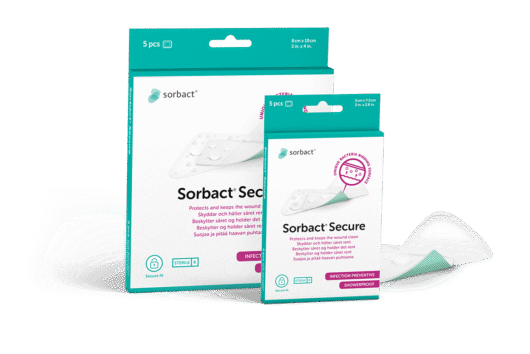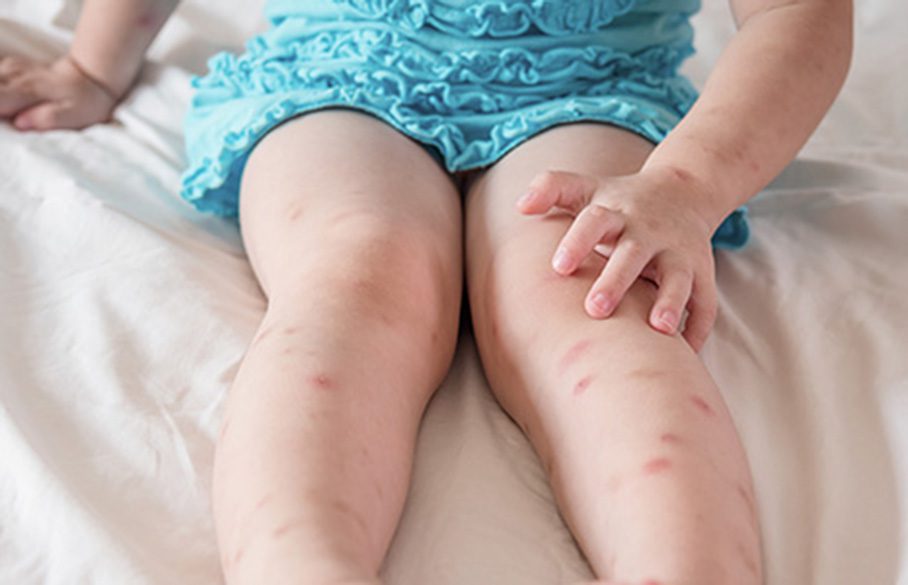

Infected insect bites
During the summer, insect bites and stings are common, and it is not unusual for them to become infected. Below you will find information about the different types of insect bites and stings, why they become infected, and what you can do to prevent and treat infections.
Symptoms indicating that you have an insect bite or a sting
Insect bites and stings are common, especially during the summer when we spend more time outdoors. The most common bites and stings are from mosquitoes, bees, wasps and ticks.
Usually harmless
In most cases, insect bites and stings that you can get in the countryside are relatively harmless. However, some bites and stings can result in extremely serious symptoms, especially if you suffer from an allergy. Allergic reactions to bee stings and wasp stings are particularly serious and could lead to an allergic reaction (known as anaphylactic shock). This requires immediate medical care.
Common symptoms of insect bites:
- Pain
- Swelling
- Redness
- Discoloration
How to treat an infected insect bite or sting
In most cases, minor wounds from infected insect bites or stings can be treated at home. It is important that you or your child avoid scratching the affected area. The reason for this is that when you scratch a bite or sting you could open it up and cause an infection. Children find it particularly difficult to resist scratching insect bites and stings – but there is help available.
Prevent infection by reducing the itch
By reducing the itch around the bite or sting, you can avoid the need to scratch it. The less you scratch, the lower the risk of further infection. Products that reduce itching are available from your nearest pharmacy. A numbing cream eases the itching and discomfort and helps the bite or sting to heal by itself.
Protect the wound and prevent infection
By using Sorbact Secure you reduce the number of bacteria in the wound and facilitate healing.
Keep an eye on the infection!
- Once a wound caused by an insect bite has become infected, it is important to keep an eye on the infection.
- If symptoms such as redness, burning sensation, swelling, aching, pus or a high temperature do not go away, or if you feel they are getting worse, contact your local medical center for a professional assessment.
Webpage examined by Margareta Grauers, dermatology nurse, 29-06-2017
